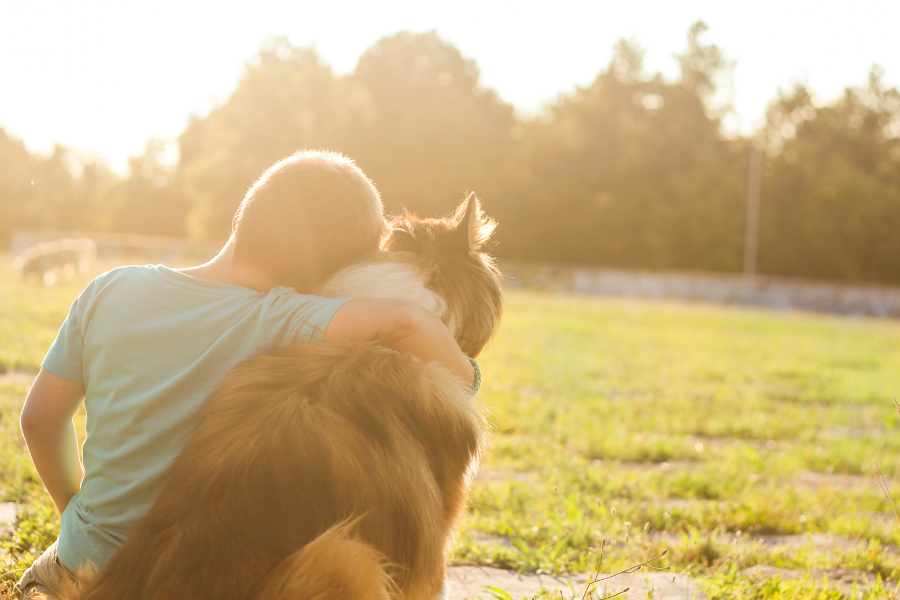Long walks, trips to the beach, weekend adventures. There’s nothing better than quality time spent with your best friend. If you’re anything like the team here at HPT, that means your dog! And you’re not alone – man’s best friend a dog has been a coined term for as long as domesticated pups have been around. But is that feeling mutual?
You may be surprised to hear that dogs can not only have human and animal companions, but also have the social skills it takes to form lasting friendships. Curious? Keep reading as the HPT team dives into the details, so next time someone asks if your dog is really your best friend, you can hit them with these fun facts.
How Friendships Amongst Fidos Form
To truly understand how dogs are able to form friendships, we need to go back a few hundred, pre-domesticated years, when dogs and wolves roamed as one. As descendants of wild wolves, dogs have carried on many traits of pack animals, who perform best when participating in cooperative efforts to live, like hunting down larger prey.
As part of a pack, there are natural leaders (usually one male and one female, referred to as the alphas). This type of hierarchy comes natural to dogs. You may notice it in action at the dog park, for example. Some dogs stand out as “leaders,” and may even cause other more outgoing dogs to naturally turn submissive in their presence.
As pack animals, dogs and wolves derive trusting, positive feelings toward one another, which motivates them to stay together as a group. But, unlike their wolf ancestors, who tend to view fellow packmates as more of an uneasy alliance (really only necessary for hunting and survival), dogs form bonds that go a little deeper than that.
Take a Chihuahua, for example. They’re known for their loyalty, especially to one owner. They form a strong bond over time with that owner, and follow them around like a shadow, watching their every move and remaining loyal throughout their lifetime.
Dogs who live in a home with multiple pets (other dogs and cats, especially) form strong bonds, too. While they consider these other family members “packmates,” they’ll usually be found cuddling and playing with them – a deeper connection than the “survival first” relationships of wild pack animals.
More so, when dogs form a relationship, both with people and animals, they look out for the other, ensuring that they stay out of harm’s way. It’s these kinds of social skills that differentiate a dog from their ancestors, and give them the ability to form friendships.
Am I My Dog’s Best Friend?
Just like humans, the relationships dogs form with others have varying levels, from acquaintance to best friend. And you likely already know you’re on the best friend level with your dog; you think about them constantly; you know their favorite treats and snacks (and are sure to keep them stocked up!); a hug or cuddle sesh can transform a bad day into a good one. So how can you tell if the feeling is mutual?
Experts say, look for the subtle signs:
- Frequent and affectionate eye contact,
- A tail that wags to the right when you walk in the room
- Snuggling with your clothing and belongings (because they smell like you!)
- How quickly your dog responds to your commands
- Your dog’s overall excitement when they see you
Finally, remember that you know your dog’s behavior best, so you’re the real expert on answering as to whether or not they act especially loyal or friendly toward you. Chances are, you and your dog have an unbreakable bond, and that’s something truly BFF-worthy.



Great article thanks I appreciate the advice.
I have a photo I took of my dog the day I brought her home. In the pic, she’s looking up at me with her big brown eyes, and her tail is going 100 mph. It was at that instant that we bonded. Like the article said, a cuddle seshion can transform a bad day(when she’s constantly barking at nothing) into a good one. I wouldn’t give my pup up for anything!